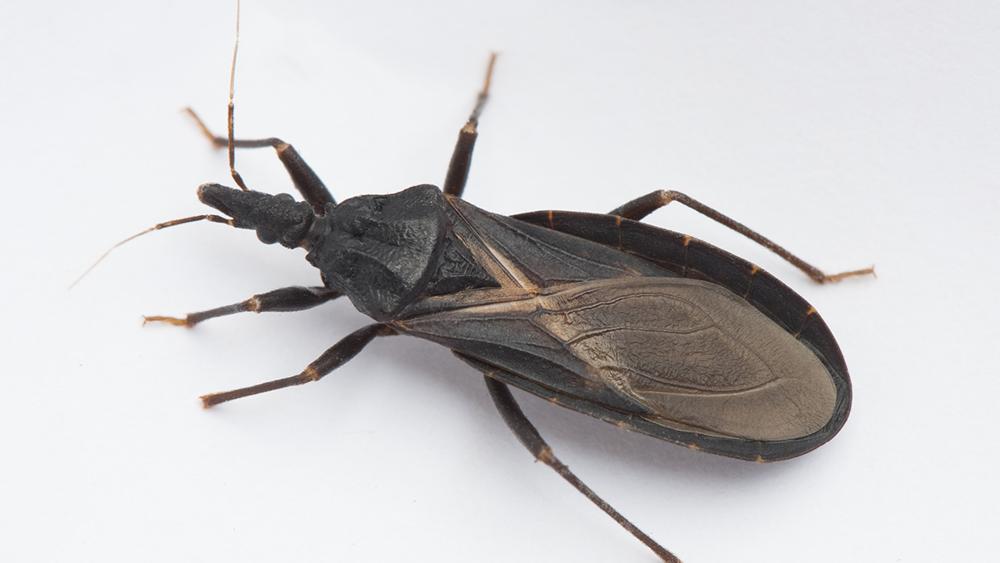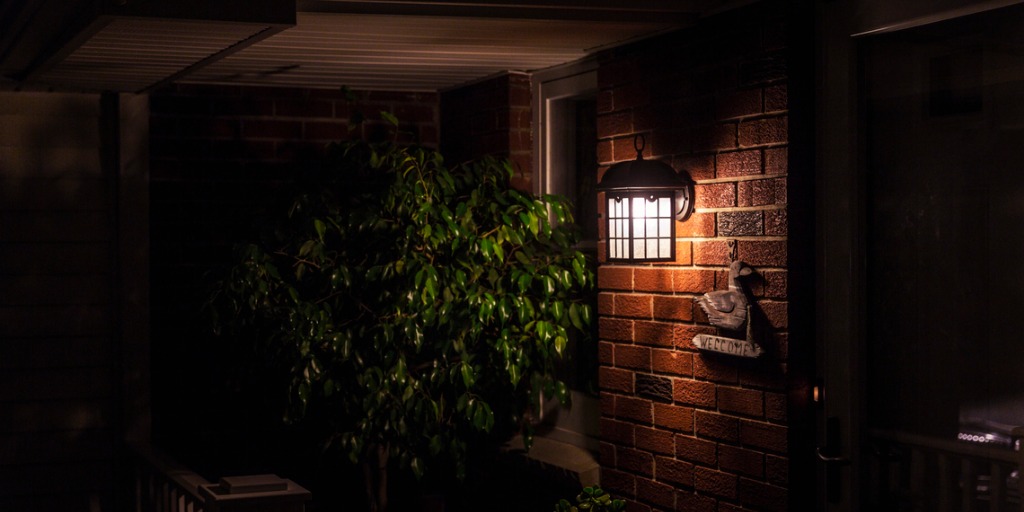The season of love
Fills our days with sweet things,
Like chocolates, and flowers,
And big diamond rings.
And with all the romance
A kiss seems just right,
But be careful it doesn’t
Come from a bug in the night.
The Kissing Bug’s name
Might seem tender and sweet,
But its kiss can be deadly,
A fate no one should meet.
Their kiss is a bite,
Not loving at all,
And they hide in your home,
Prepared for nightfall.
And when they attack
You won’t feel a thing,
But you won’t like the damage
These little bugs bring.
While you are showering
You loved ones with care,
Make sure the only kissing
Is the one from your pair.
Fast Facts About Kissing Bugs:
- Size: they range from .75” to 1.25” long
- Appearance: slightly flat teardrop body, dark colored often with a band of orange or red markings around the ends of its body, cone shaped head, and long, uniformly thin legs
- Geographical Location: within the U.S. there have been documented sightings in the entire southern half of the country, with the greatest density being found in Texas, New Mexico, and Arizona; Chagas disease became a reportable disease in Texas in 2013 (meaning doctors are required to report incidences when they occur) and saw a significant number of cases in 2016
- Diet: they feed on the blood of a variety of animals including wild mammals, domestic dogs, and humans (they get their name from their habit of biting humans around the mouth & eyes)
- Habitat: they are often attracted to heat and carbon dioxide, which are indicators of potential blood meal sources; they are also drawn toward lights
- Indoors: in cracks and holes within homes and especially in and around beds/bedrooms particularly under or near mattresses or night stands, and near pet resting areas
- Outdoors: dog kennels, under porches, under cement, in rock/wood/brush piles, in animal burrows, and in rodent nests
- Active Times: nighttime
- Dangers: they are a vector for Chagas Disease, with approximately half of the population of kissing bugs being infected with the Chagas parasite
- Chagas Disease:
- Transmission: the Chagas parasite is transmitted when a Kissing Bug bites a host and then defecates near that bite or when a dog consumes an infected Kissing Bug
- Symptoms in Humans: there are 2 phases of Chagas disease in humans, the acute phase and the chronic phase
- Acute Phase: lasts for a few weeks or months with symptoms including fever, fatigue, body aches, headache, rash, loss of appetite, diarrhea, and vomiting; not everyone infected will develop the acute disease
- Chronic Phase: includes cardiac complications (i.e. enlarged heart, heart failure, altered heart rate, cardiac arrest, and death) and/or intestinal complications (i.e. enlarged esophagus or colon, causing digestive difficulties) which may only become apparent decades after the initial infection; approximately 30% of people infected with the parasite are at risk of developing the chronic disease
- Symptoms in Dogs: many dogs may be asymptomatic after infection, but for some it can cause severe heart disease and death
- Treatment: there are currently no readily available treatment options in the United States (the anti-parasitic medications are only available through the CDC, and is only applicable for the acute phase) and there is no vaccine for Chagas disease
- If you see a Kissing Bug: never touch it with your bare hand and thoroughly clean all surfaces the bug came into contact with using a bleach solution
Kissing Bug Control:
If a Kissing Bug infestation is suspected, contact a pest control company to evaluate the situation and treat accordingly. The pest control products needed to deter and kill Kissing Bugs should only be applied by a licensed pest control technician; baits, such as roach motels, are not effective against Kissing Bugs.
Kissing Bug Prevention:
- Seal any gaps or cracks around entryways (windows & doors), at walls and roofs, and any that lead into the attic or crawl space
- Remove any wood/brush/rock piles near your home
- Always use fully intact screens on windows, doors, and attic/crawl space vents
- Do not use nighttime lights close to your home if possible; if nighttime lights are needed use lights designed not to attract bugs
- Have pets sleep indoors at night
- Keep kennels clean and periodically check for bugs
- Caulk around opening for plumbing, cables, utility lines, etc.
- Repair any cracks in the foundation
- Utilize fully intact weather stripping
Don’t let the innocent-sounding moniker fool you, Kissing Bugs are not a pest to be taken lightly. With the high potential for spreading a dangerous disease, these pests have a “kiss” you will want to invest in avoiding this Valentine’s Day.
Additional References:
Kissing Bugs & Chagas Disease in the United States – Agriculture & Life Sciences & Veterinary Medicine & Biomedical Sciences at Texas A&M University
Texas Chagas Taskforce Tackles Kissing Bug Disease – Wendy Rigby – Texas Public Radio
Parasites – American Trypanosomiasis (also known as Chagas Disease) – Centers for Disease Control
Author Bio: Alissa Breach has been gaining knowledge and experience around pest control concerns over the last 10 years while working for Mid-Cities Pest Control. She has a creative writing BA from UW-Madison and is always pursuing new and interesting writing projects.








